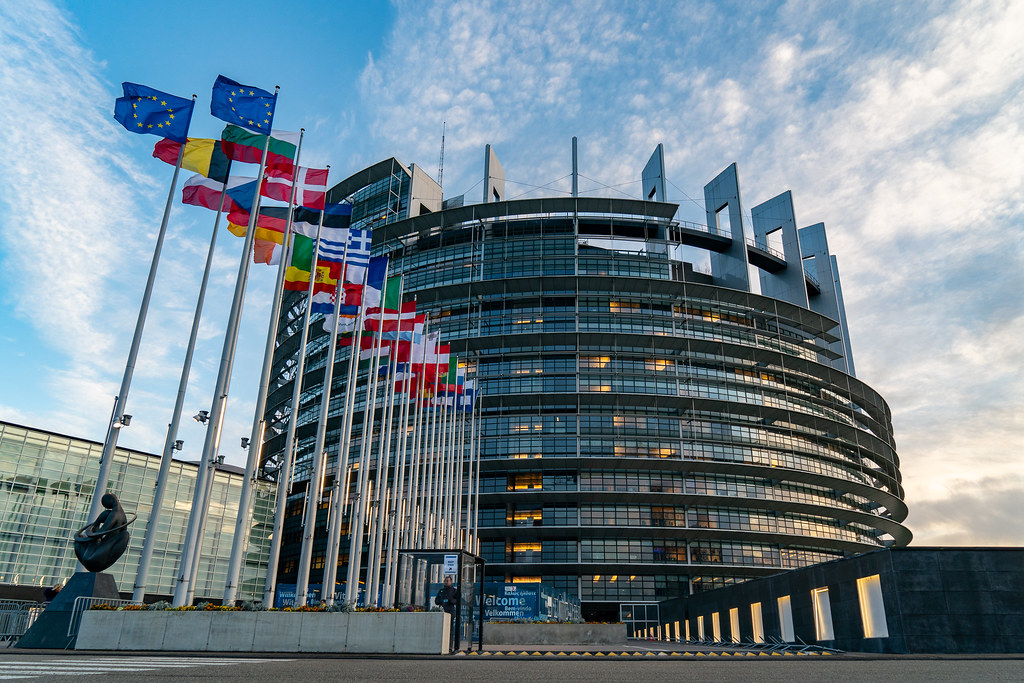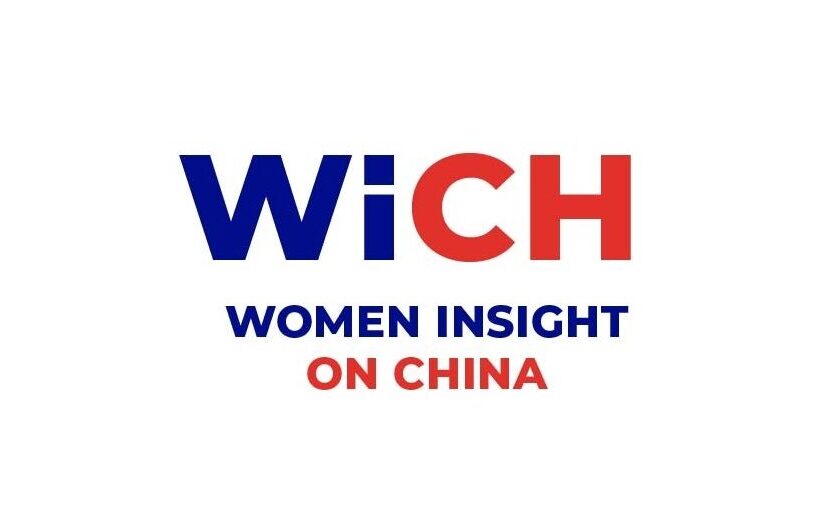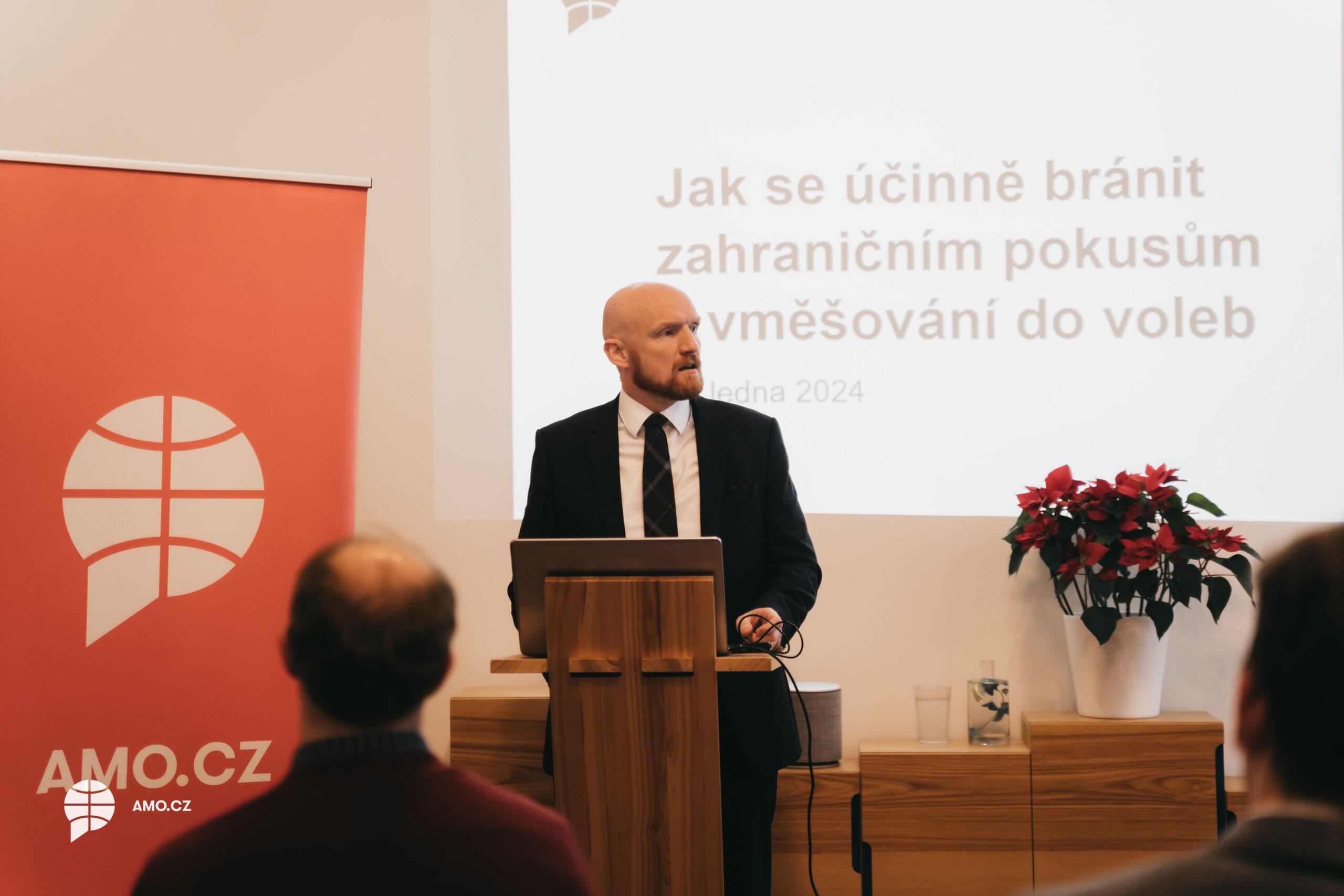MapInfluenCE Leader Ivana Karásková outlined the confluence of Russian and Chinese information operations targeting Central and Eastern European nations at INGE Committee meeting on March 15, 2022. She explained that compared to Russia, China is a relative newcomer to the region and cannot rely upon previous knowledge of the environment or established links with local political elites. In fact, China has traditionally employed a defensive approach, attempting to “rewrite” the discourse and spread “positive” news depicting China’s culture, technologies, history, economic advancements, etc.
Notably, China has invested in local media, which based on the results of MapInfluenCE’s study led to a change in tone in references to China and promotion of the Belt and Road Initiative. China also increased its activity on social media, creating accounts of Embassies, Diplomats and Chinese media outlets. Since 2019’s HongKong protests, China’s strategy has changed significantly, employing both established channels and creating new tactics. For instance, China’s information operations have become more covert and therefore more difficult to attribute. China also endeavors to localize the narratives, outsource the propaganda to local fringe media and amplify its activity on social media.
Regarding the confluence of Russian and Chinese influence operations, Ivana Karásková delineated multiple levels of visible cooperation. For example, Chinese and Russian media sometimes share offices and editors as found in Bulgaria. China and Russia also share narratives, as evident (not only) during the current invasion of Ukraine with Chinese media amplifying Russian narratives on “special military operations” and alledged US biolabs. Moreover, China is seen to be a problematic actor given its numerous opportunities to exploit via economic or political means. For example, China is a major investor in artificial intelligence which may become more effective in the future.
The whole speech and the subsequent discussion is accessible here.


